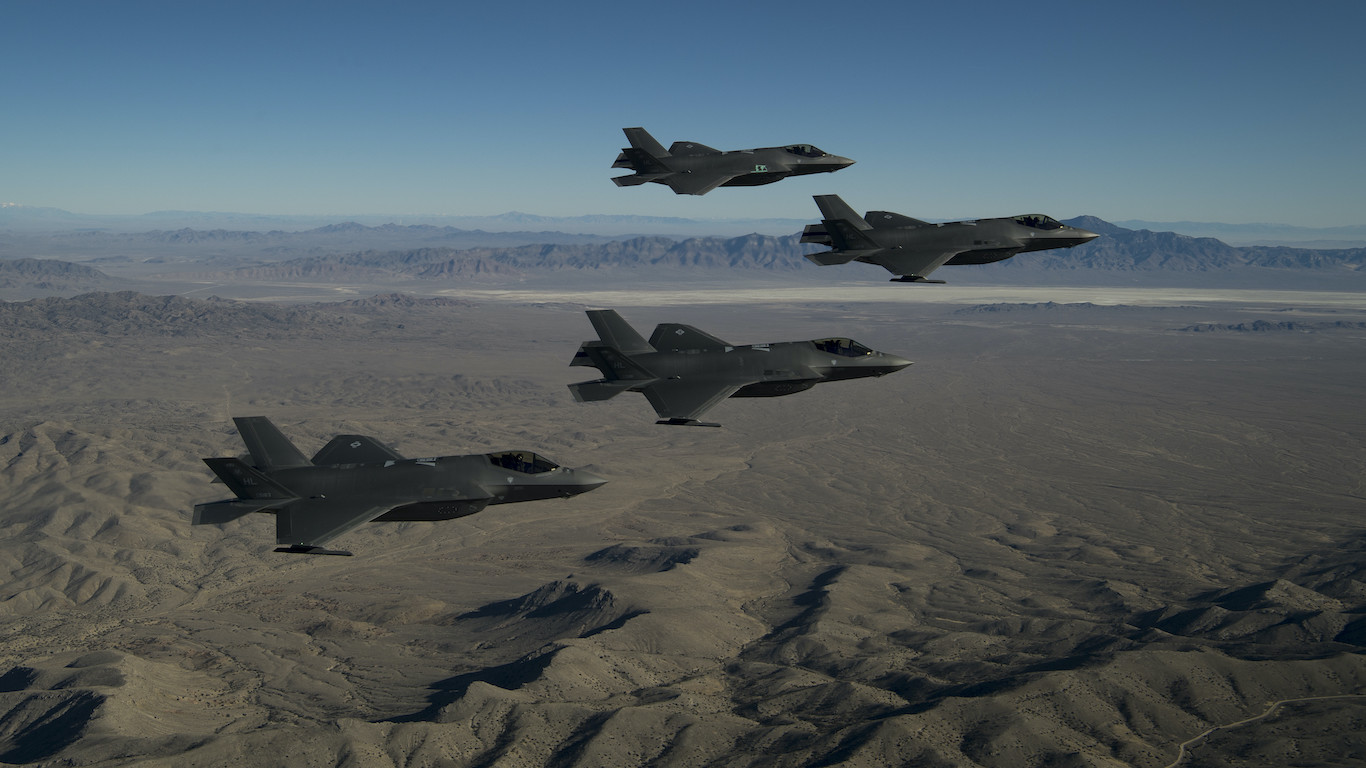
In November 2024, the People’s Liberation Army Air Force (PLAAF) unveiled the Shenyang J-35. The J-35 is China’s second fifth-generation fighter after the Chengdu J-20. It is still years away from entering service but will have land—and carrier-based variants. Its appearance is strikingly similar to that of the American F-35 Lightning II, but the jets differ in several key areas. This article will compare the capabilities of both aircraft and examine a scenario where the two could clash.
Why This Matters
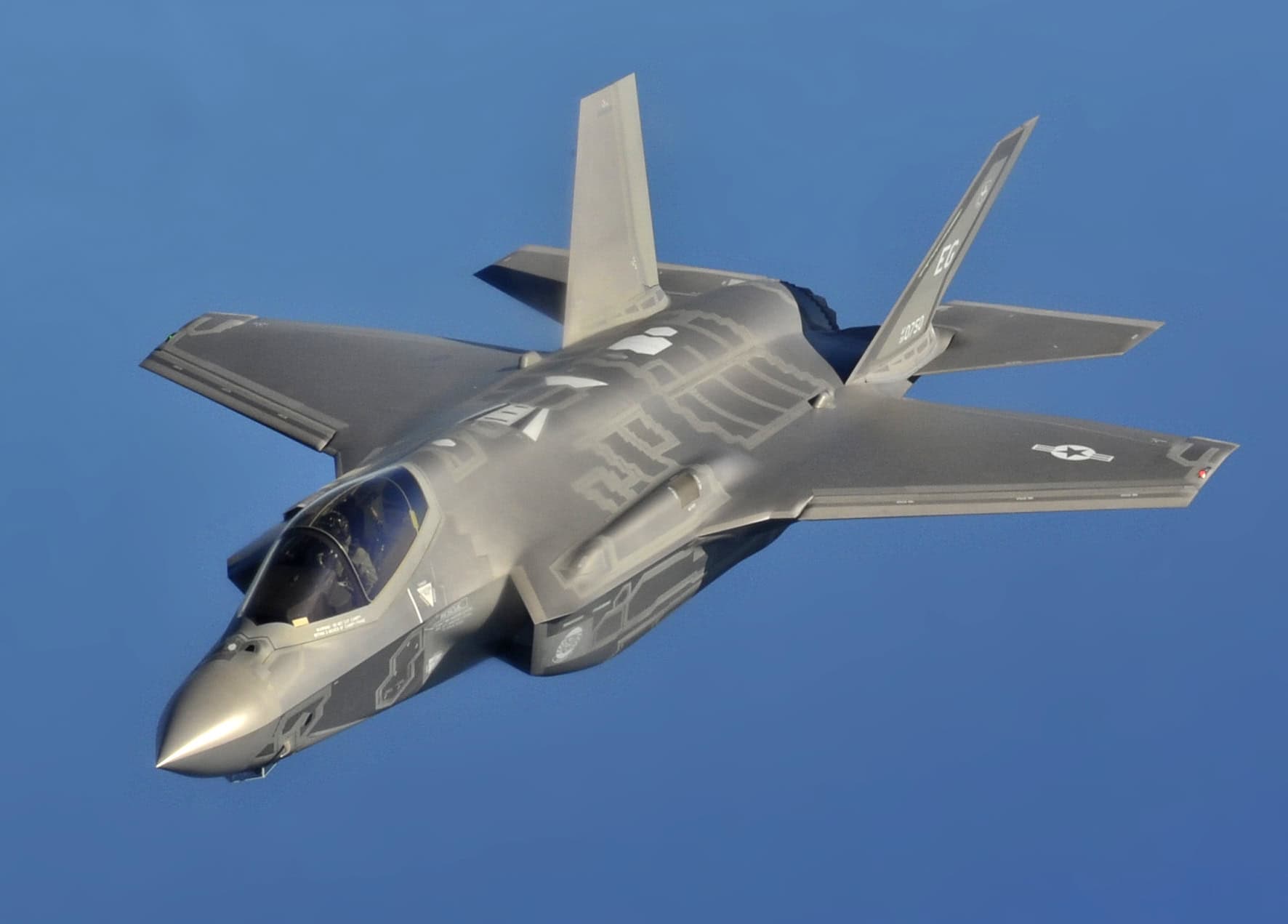
China is the only nation, aside from the United States, that has more than one fifth-generation multirole fighter. This development could have significant implications for future conflicts over the Pacific. As unthinkable as a clash between the two nations would be, it nevertheless requires considerable attention. Deterrence is the first priority, but the worst-case scenario should be planned for.
The J-35’s Role
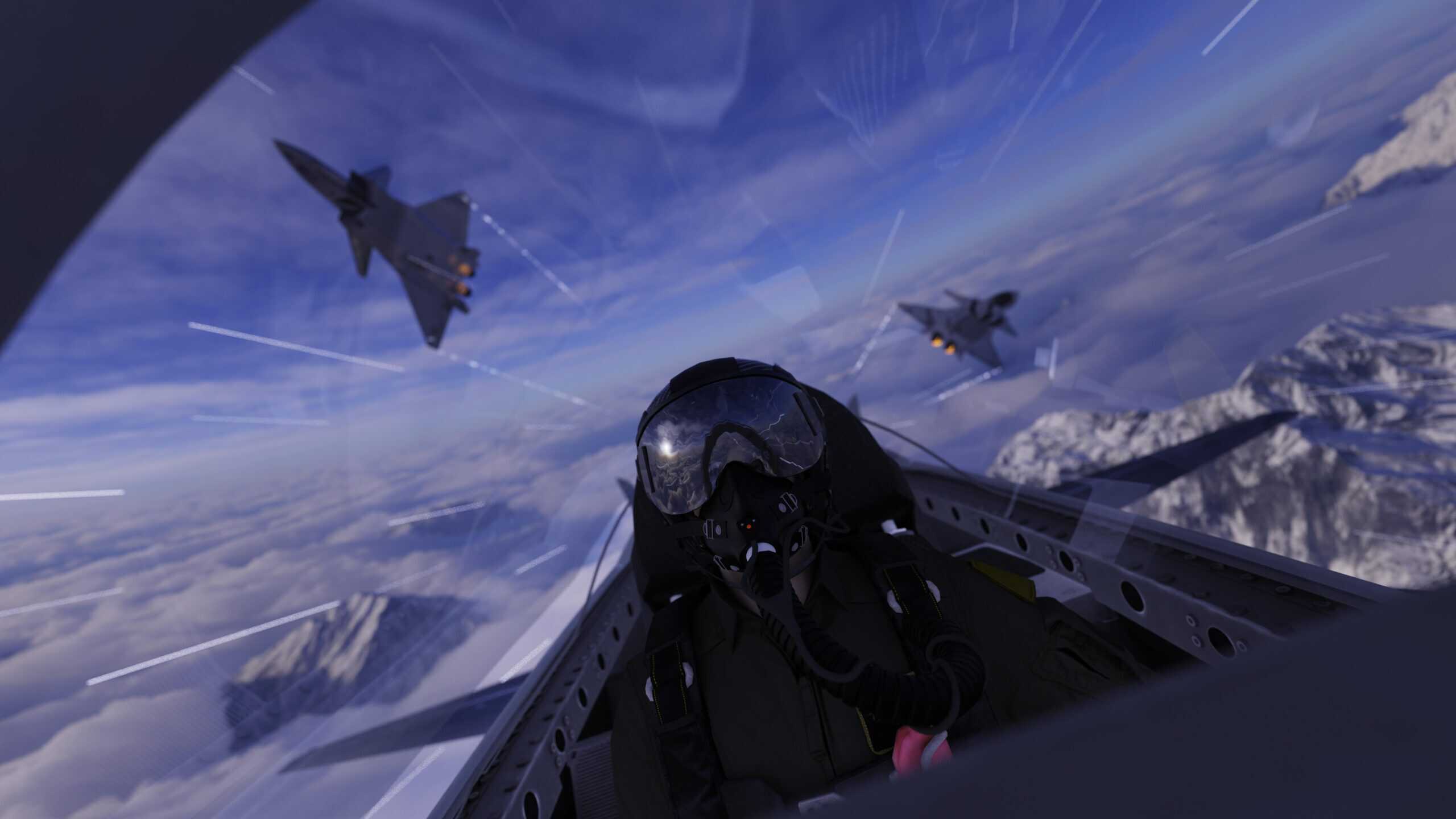
Certain Chinese military aircraft carry the designation 殲 (Jiān – “annihilate”). The J-35 will eventually join aircraft like the fourth-generation J-16 and the aforementioned fifth-generation J-20 in the PLAAF. The J-35A variant will be land-based, while the J-35 can launch from China’s new 003 Type aircraft carrier, the Fujian. The Fujian has a catapult-assisted take-off but arrested recovery (CATOBAR) launch system, which can launch heavier aircraft than its other two carriers.
Limited information about the aircraft, which is still in development, exists but appears to be mostly intended for air superiority missions. Like other fighters, it will carry out different operations, such as air-to-air or air-to-ground missions. The J-35 could also carry out reconnaissance missions and bolster China’s anti-ship capabilities. The jet could help guide so-called ‘carrier killer’ missiles to their intended targets. It will add a further layer to China’s power projection in the Pacific.
The J-35 will be a lighter and lower-cost companion craft to the J-20. China’s impressive industry will eventually allow it to produce large numbers of craft when it enters service.
J-35 v F-35 Features
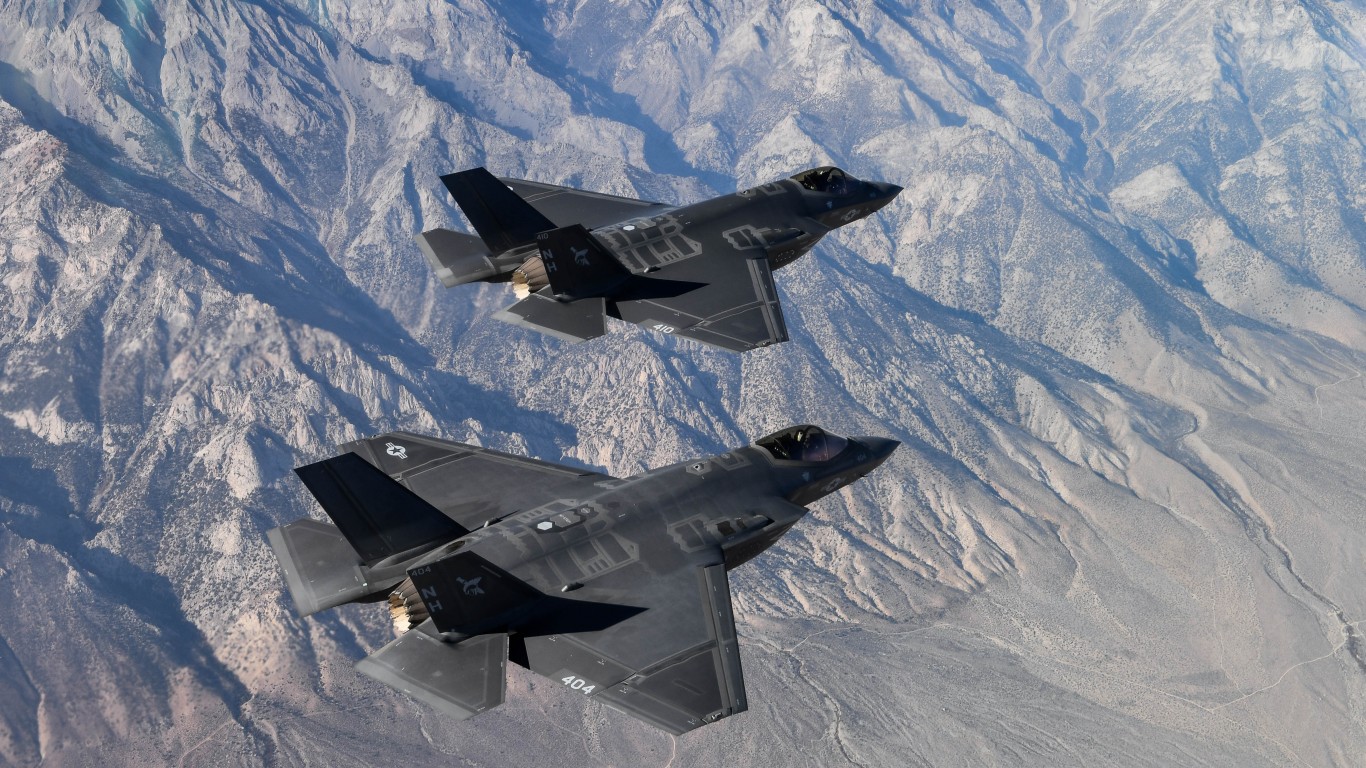
The close resemblance between the two aircraft is the result of PLA espionage. In 2014, a Chinese national was indicted for stealing hundreds of thousands of design files related to American aircraft. However, appearances don’t tell the whole story.
Armament
The J-35 will carry up to six PL 15 air-to-air missiles, while the F-35 carries AIM-120 missiles. The PL-15 has a better range than the AIM-120, but new missiles in development will tilt the range factor back in the F-35’s favor. The F-35 can carry a slightly heavier payload, which includes two 2000-lb guided bombs. The F-35A also has a 25mm Gatling gun, which neither the J-35 nor J-20 possess.
Avionics and Stealth
When it comes to the electronic systems onboard each jet, the F-35 is quite simply in a league of its own. The AN/APG-81 is the world’s most advanced active electronic scanned array (ASEA) by some margin. The next generation AN/APG-85 is already in development and will only widen the gap further. It is incredibly difficult to detect, and while the J-35 will also boast stealth capability, it will not be in the same league as the F-35. The American fighter has a huge advantage in detection, and in aerial encounters, it would get the first crucial shot off long before the J-35.
Engines
The J-35 is smaller and around 4000 lbs lighter than the F-35. The former has twin engines, while the latter boasts a much stronger single engine. The F-35’s F135 engine, made by Pratt and Whitley, is far superior to the twin WS-13 engines that are suspected to power the J-35. It is probable that China will develop better engines for the J-35, but these will still fall short of the F135. Even with key advancements, the PLAAF has an enormous technological gap that needs to be closed with the United States Air Force.
Speed and Range
The lighter J-35 boasts an alleged top speed of Mach 2.0 (1534 mph), while the heavier F-35 is slightly slower at Mach 1.6 (1200 mph). The F-35 has a much greater operational range at around 1200 miles than the J-35’s rather paltry 750 miles. Furthermore, the United States has a huge edge in in-flight refueling craft. The US has more than twice as many tankers as the rest of the world combined.
The Taiwan Invasion Scenario
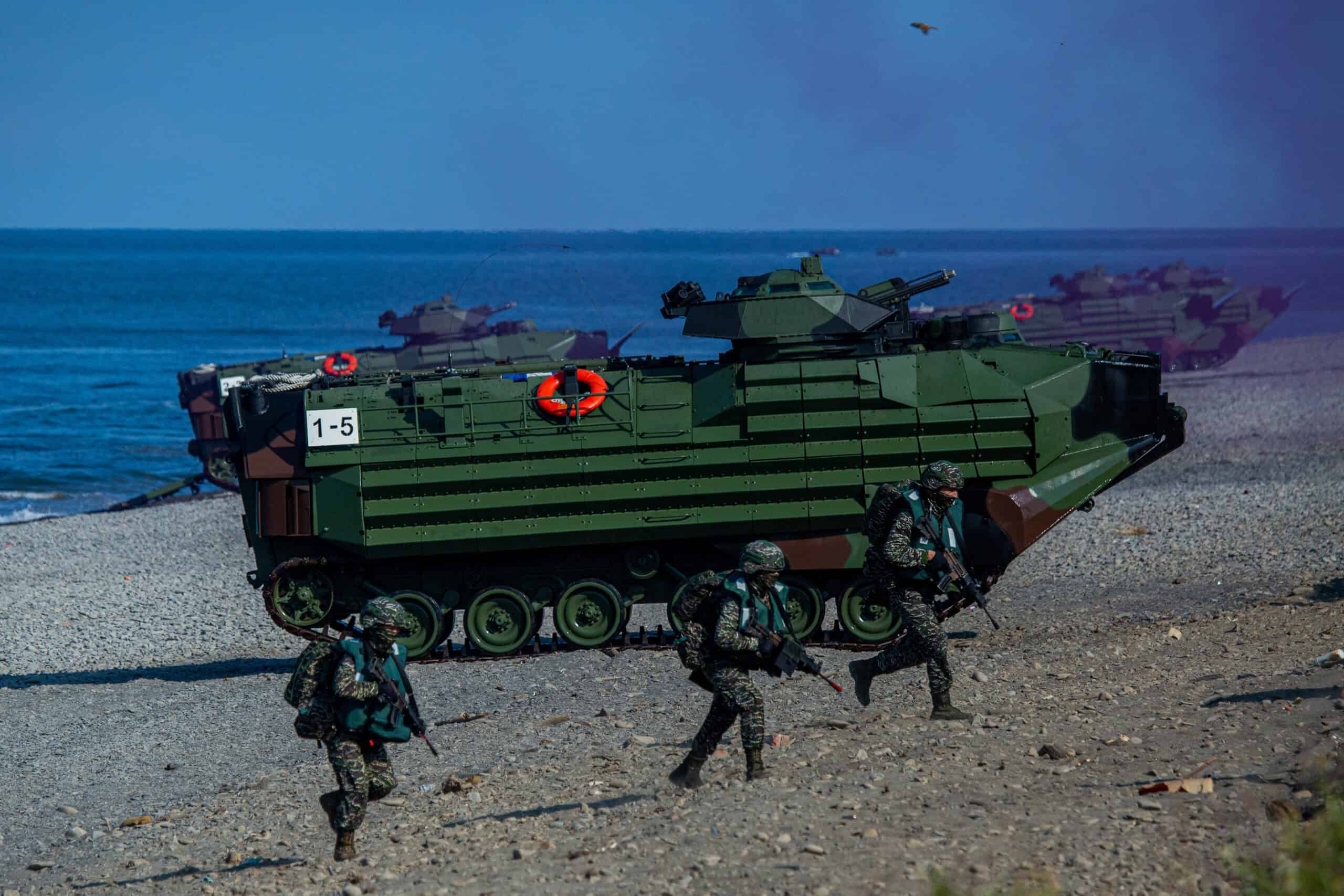
Although the J-35 and F-35 may have similar appearances, their intended roles are different. The Chinese fighter is intended for air superiority missions, and though its range is limited, that will not be a factor in a conflict over Taiwan. It is no secret that Beijing claims Taiwan and is building its military to make that claim by force if necessary. To be sure, an amphibious invasion would be an incredibly difficult operation to pull off. Additionally, China’s so-called “peace disease,” the acute lack of operation experience, makes the prospect all the more daunting.
There is no ironclad guarantee that the United States would come to Taiwan’s aid, but given the overwhelming bipartisan support, intervention is likely. The United States Navy and Air Force would spearhead any American aid to Taipei. The biggest problems are the distance involved and the logistics of aiding an ally on the other side of the world. China’s anti-access/area denial (A2/AD) munitions would keep US aircraft carriers at bay. The F-35’s range could be extended with refueling tankers, but that would entail a very long flight and diminished combat performance at the end of it.
Outcomes
A lot would depend on just how many J-35s China produces in this scenario. The jet is still some years from service, and China’s window of opportunity to take Taiwan is narrow. The J-35 is no match for the F-35 in an individual contest, but quantity is a quality of its own. The days of two pilots duking out in the skies are long gone. The PLAAF would be fighting locally and could throw everything at an overstretched adversary. The gap between the F-35 and the J-35 is not so great that superior numbers won’t matter. Additionally, the J-35 will be more than a match for any fourth-generation aircraft it encounters.
Historical Lessons
Air superiority is always vital, but in war, it is not simply about having the most advanced aircraft. History shows that technology isn’t always the deciding factor. For example, the German Messerschmitt Me 262, the first combat jet ever built, was by far the best aircraft flown during the conflict. The Me 262 was a cut above any Allied plane but only around 400 ever saw combat. With dire fuel shortages and overwhelming numerical disadvantages, the Luftwaffe’s qualitative edge late in the conflict counted for little.
Conclusion
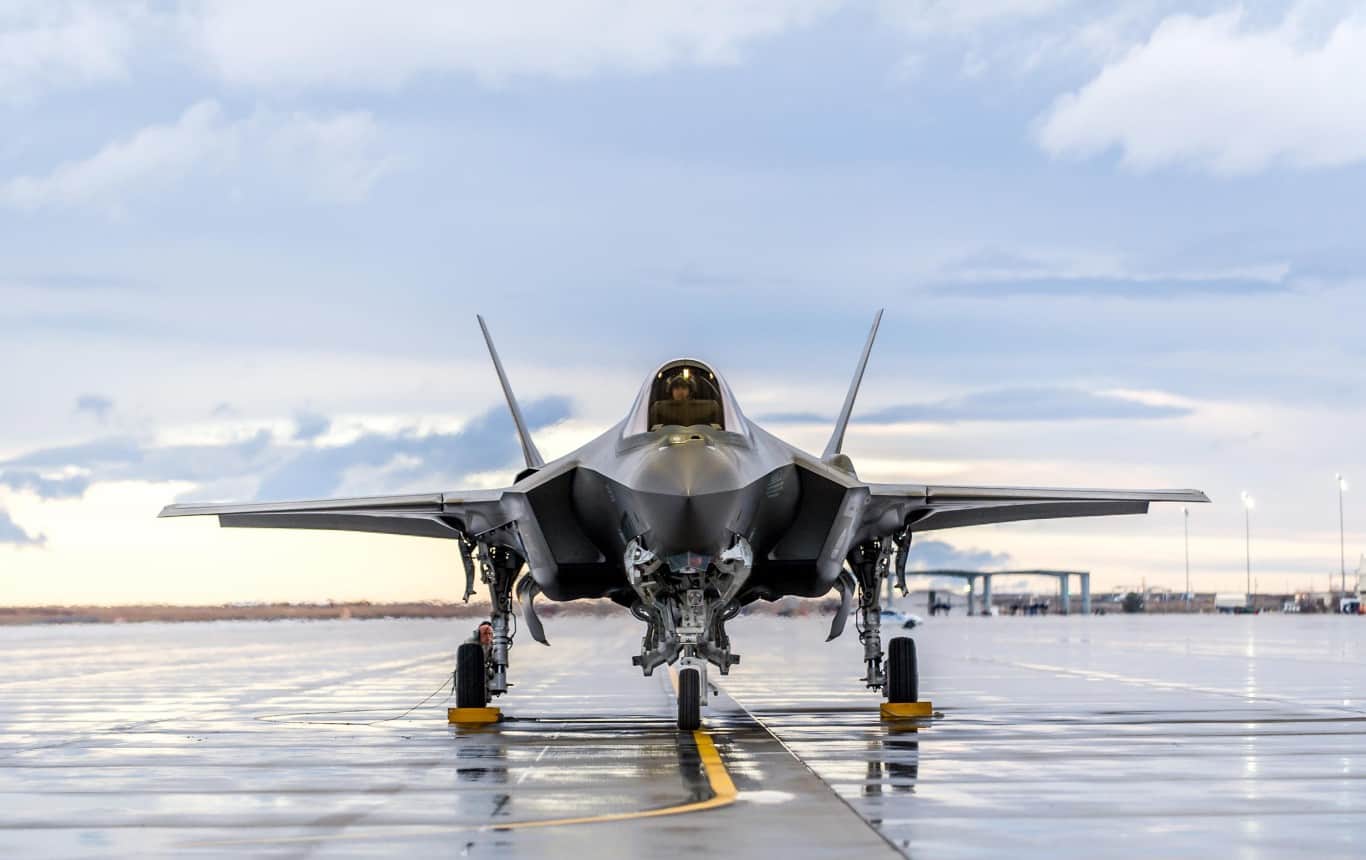
The J-35 is a highly capable fifth-generation fighter jet. However, on a one-to-one basis, it still lags behind the F-35 in key areas. The F-35’s superior stealth and armament, combined with more experienced pilots, would give it the edge over the J-35 on an even keel. However, it would not be a level playing field in the most likely scenario where the two jets would cross paths.
In the Taiwan invasion scenario, the PLAAF would operate in its backyard, and the USAF would need access to allied air bases in the area or have to rely on its refueling tankers. Even with access to Japanese or Korean air bases, grounded F-35s would be at serious risk. Because of China’s investment in A2/AD munitions, the risk to aircraft carriers means they probably won’t play a major role. In sufficient numbers and alongside the J-20, the J-35 poses a serious threat to the F-35. If not in the skies, then certainly on the ground.
The USAF may still prevail in a confrontation with the PLAAF, but the losses it incurs would be difficult to replace. Accordingly, investing in Taiwan’s air defenses would be a wise precaution.
Take Charge of Your Retirement In Just A Few Minutes (Sponsor)
Retirement planning doesn’t have to feel overwhelming. The key is finding expert guidance—and SmartAsset’s simple quiz makes it easier than ever for you to connect with a vetted financial advisor.
Here’s how it works:
- Answer a Few Simple Questions. Tell us a bit about your goals and preferences—it only takes a few minutes!
- Get Matched with Vetted Advisors Our smart tool matches you with up to three pre-screened, vetted advisors who serve your area and are held to a fiduciary standard to act in your best interests. Click here to begin
- Choose Your Fit Review their profiles, schedule an introductory call (or meet in person), and select the advisor who feel is right for you.
Why wait? Start building the retirement you’ve always dreamed of. Click here to get started today!
Thank you for reading! Have some feedback for us?
Contact the 24/7 Wall St. editorial team.
